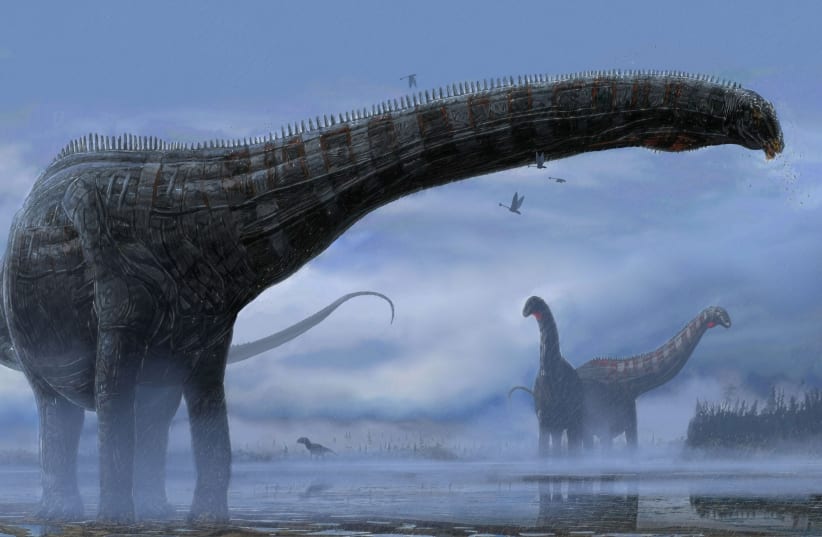The oldest belly button ever found in reptiles and mammals was revealed last week in a 125-million-year-old dinosaur fossil found in China 20 years ago.
The discovery of a long umbilical scar on the Psittacosauraus specimen was made by paleontologists at The Chinese University of Hong Kong (CUHK) by applying the Laser-Stimulated Fluorescence (LSF) technique to a fossilized skin specimen of a Psittacosaurus. The findings were published the international journal BMC Biology.

Researchers said the size, smoothness and location of the umbilical scar rule out trauma or infection as the cause, adding that it is a similar scar to those found in living lizards and crocodiles.
In contrast with mammals, this reptilian form of belly button is a slit-like opening connecting the embryo to the egg’s yolk sac and other membranes. The yolk sac is absorbed by the dinosaur either right before or immediately after hatching, leaving behind an opening in the abdominal wall that seals up and appears as a long scar.
While scientists have hypothesized that egg-laying dinosaurs would sport such scars, this is the first time it has been spotted in a non-avian dinosaur.
Psittacosaurus (a name that means "parrot lizard’) was a two-meter long beaked plant-eater that lived in the early Cretaceous period. The fossil used in this study was made public in 2002 and has led to big discoveries because of its exceptionally preserved state.
"We have been able to study it in a whole new light using novel laser fluorescence imaging, which reveals the scales in incredible detail."
Dr. Michael Pittman
“While this beautiful specimen has been a sensation since it was described in 2002, we have been able to study it in a whole new light using novel laser fluorescence imaging, which reveals the scales in incredible detail,” said Dr. Michael Pittman, Assistant Professor of CUHK’s School of Life Sciences and joint-corresponding author of the study.
